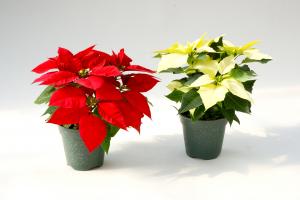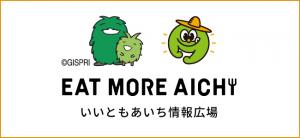ページの先頭です。
メニューを飛ばして本文へ
本文
愛知県農林水産部門Webサイト
新着情報
トピックス
イベント情報等
知事の名刺を使ったPR
12月・1月の知事名刺は「キャベツ」です!
愛知県のキャベツは、日本一の作付面積を誇ります。
東三河の温暖な地域での栽培が盛んで、特に11月から3月に出荷される「冬キャベツ」については、全国の出荷量の3割以上を占める一大生産地となっています。

花いっぱい県民運動
12月の今月のあいちの花は「ポインセチア」です!
ポインセチアは、クリスマスシーズンを華やかに彩り、クリスマスムードを盛り上げる代表的な花です。
メキシコなどの中央アメリカ原産の熱帯地域の観葉植物であり、寒さにあまり強くないため、室内の装飾に適しています。
赤く咲いているように見えるのは、花ではなく「苞(ほう)」と呼ばれる葉が変化したもので、苞の中心付近に黄色の小さな花が集まっています。
本県のポインセチアの産出額は全国1位で、主な生産地は田原市、愛西市、稲沢市です。
SNS等による情報発信
愛知県農林水産部門X(旧Twitter) @nourinse
・農林水産部門公式X(旧Twitter)アカウントポリシー [PDFファイル/97KB]











